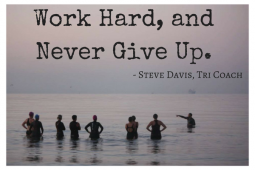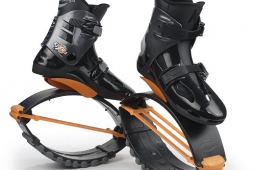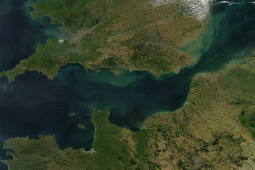Fitness Guide: The Triathlon
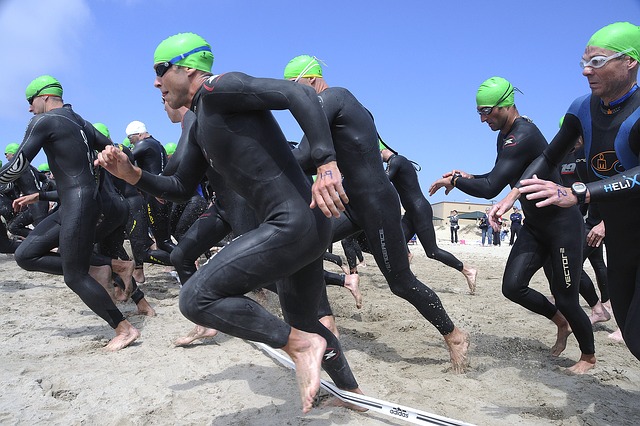
Test your Fitness over a Multi-part Race Combining, Swimming, Cycling and Running
The triathlon is a multi-stage competitive race where participants swim, cycle and run without breaks in between. Given the gruelling nature of the race it’s considered an endurance sport and good overall fitness, stamina and technique is required to do well. The triathlon is run at local, national and Olympic levels and is a thrilling event both to watch and take part in, as the race leaders can change often due to mistakes and participants different individual strengths in each discipline.
The Triathlon Explained
There are different distances depending on what type of triathlon you’re doing. The most popular types include:
Sprint Distance: Includes a 0.47 mile swim, a 12 mile bike ride, and a 3.1-mile run.
Standard Distance: Includes a 0.93 mile swim, a 25 mile bike ride, and a 6.2-mile run. These are the lengths used for international and Olympic events.
Long Course: Includes a 1.2-mile swim, a 56-mile bike ride, and a 13.1-mile run (which is equal to a half-marathon).
ITU Long Distance: Includes a 2.5-mile swim, a 75-mile bike ride, and a 19-mile run.
Ultra Distance: Includes a 2.4-mile swim a 112.0-mile bike ride, and a 26.2-mile run (which is equal to a full marathon).
The last of these, the Ultra Distance, has become popular recently in so-called ‘Iron Man’ events, where members of the public are encouraged to participate in mega-tests of their endurance, sometimes in adverse weather and terrain conditions.
As there is no rest period between disciplines, transition points are setup along the route so that you can change gear in the quickest possible time.
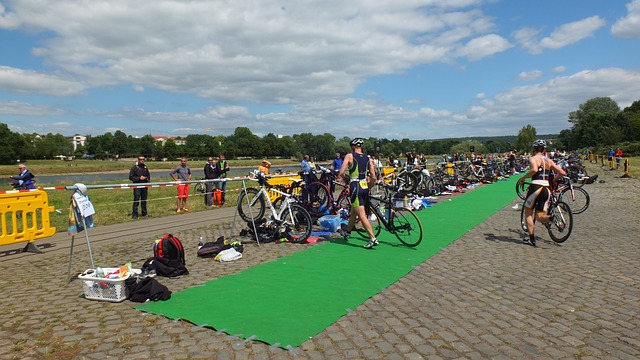
Training for a Triathlon
If you’re a beginner, your first event should probably be a sprint-distance race as this is the easiest to train for from scratch. Six weeks should be the bare minimum you set aside for preparation, but longer is always better.
If you already swim, cycle and run you may think you’re ready to go, but even at short distances, you’ll need some specific guidance in order to do well at the triathlon. You should either join a triathlon club where you’ll get to work with both beginners and more experienced participants and the benefits of group motivation, or find yourself a coach for 1-on-1 help preparing.
With swimming, you need to practice your breathing as most amateurs waste a lot of energy bringing their head fully out of the water to breathe instead of moving their head sideways with the momentum of the stroke.
Practice cycling around town to get used to gearing up and down and being around other cyclists. Ideally, you should start the cycling stage of the race with low gear and high cadence to condition your legs for the rest of the race.
Running is usually the hardest part of the race, as you’ll be tired from the swimming and cycling. Again, start slow and pace yourself. Professional long distance runners know that the key to winning a race is conserving energy for the final section and building up to a last-ditch sprint finish.
Another important part to train for is a quick changeover between sections and also building a positive mindset to help break through any training walls you might hit. ‘Hitting the wall’ happens to even pro-athletes and can end a race if not overcome.
Getting the Right Gear
What equipment you end up getting really depends on how seriously you’re planning on taking the triathlon. If you just want the experience of taking part then a swimsuit, a half-decent road bike and a comfortable pair of running shoes will suffice.
If you’re going for the win you need to think about aerodynamics in all three disciplines. You can buy excellent swimsuits and bikes at prices going from mid-range to super expensive and custom-fitted, lightweight running shoes are another good option if you have the money.
Buy everything you plan to use before you start training, so you have the maximum amount of time to break it in and get used to wearing/using it.
On Race Day
If it’s your first time doing a triathlon, you’ll no doubt be nervous. Help yourself by arriving early so you can get you the lay of the land and mentally prepare yourself. Next check your bike for any problems and make sure you’ve got the changeover steps planned out in your head.
Some events will offer a warm-up swim. Take it so you can acclimatise to the water temperature and get your body loosened up. And finally, when it comes to the starting blocks, don’t be afraid to start near the back of the pack, you don’t want the added pressure of thinking you need to compete with the pros as soon as you hit the water. Slow and steady wins the race as they say.
More Fitness Guides:
